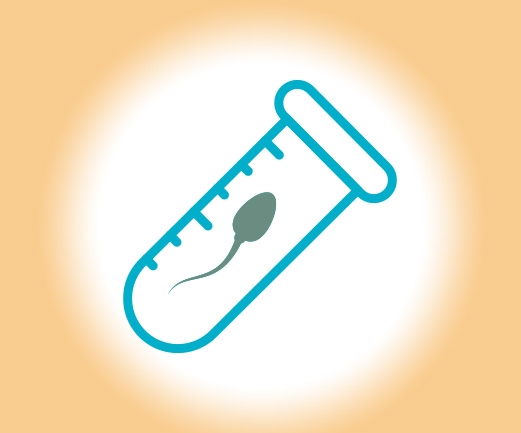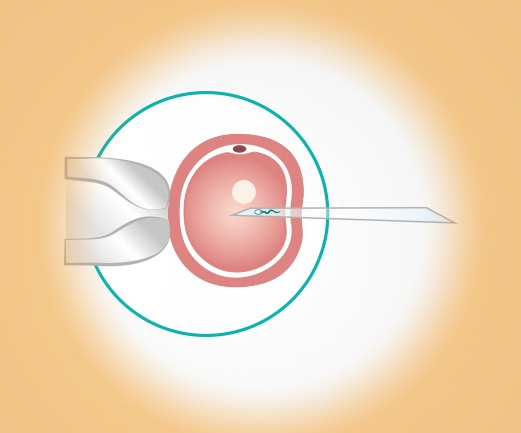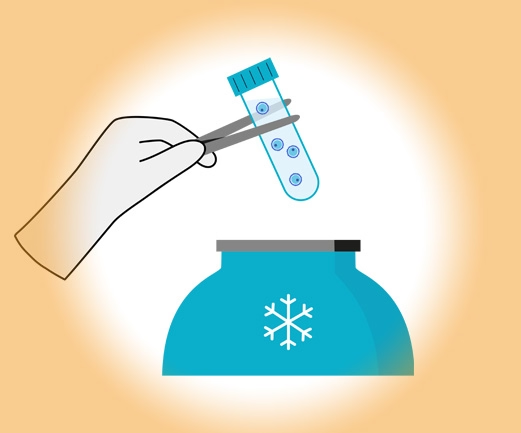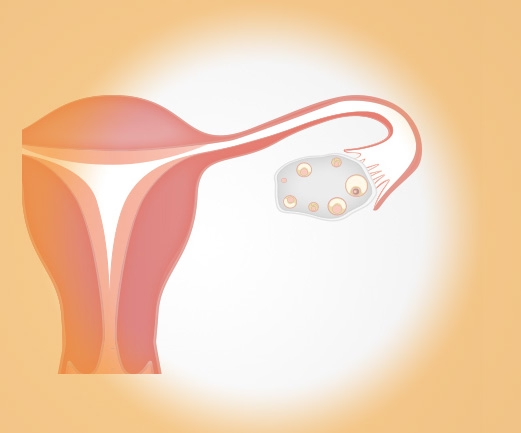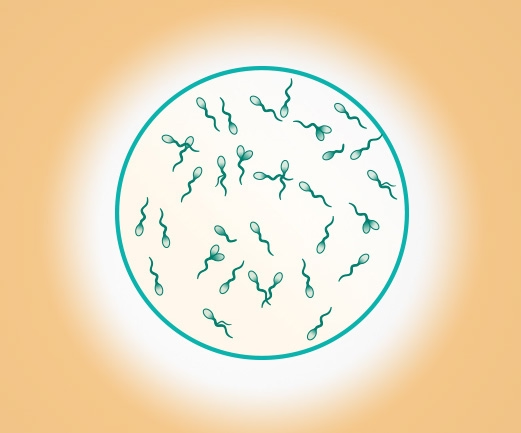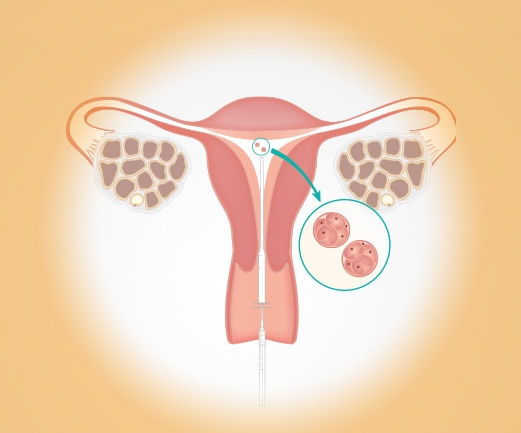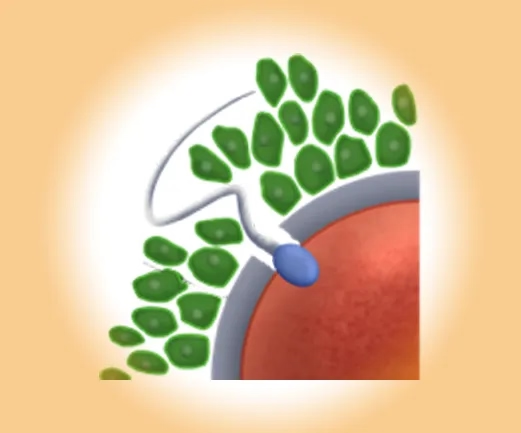The female cycle - basics
The monthly cycle of a woman is a complex process, which on the one hand determines fertility, and on the other hand is of decisive importance for the health and well-being of the woman. The beginning of menstruation is also the beginning of the cycle. The mucous membrane of the uterus, which was built up to enable the implantation of a fertilized egg, is shed. After menstruation, the cervix is closed by a mucus plug. It prevents the penetration of sperm. The messenger substance FSH (follicle stimulating hormone) now stimulates the growth of a follicle (egg follicle) in the ovary. The follicle grows as the amount of fluid inside the follicle increases. Due to the increasing internal pressure, the egg is ready for ovulation between the 12th and 16th day in the follicle. At the same time, the release of female hormones (estrogen) increases. This ensures that the cervical mucus liquefies and becomes permeable to sperm. An egg remains fertile for only about 12 to 24 hours.
The follicle produces - after the egg has left - the corpus luteum hormone (progesterone). This luteal hormone prepares the uterus for pregnancy. If the egg is fertilized, the progesterone level remains high and thus prevents shedding of the uterine lining. If the egg is not fertilized, the progesterone level drops. The upper layers of the mucous membrane shed and menstruation starts - a new cycle begins.
Fertilization (fertilization)
Within a few hours after ovulation, fertilization can take place in the fallopian tube. During this time, the otherwise closed cervix becomes permeable to sperm and, by secreting special sugar substances, ensures that the sperm cells remain alive and mobile. If a sperm manages to penetrate the cytoplasm of the nucleus, the two fuse and fertilization takes place. At the same time, access for all other sperm is blocked to prevent fertilization with multiple sperm (polyspermy block) - as this would result in a multiple set of chromosomes.
Both the egg cell and the sperm cell have stored all the genetic information, so that the essential characteristics of the developing human being (sex, hair color, blood group, etc.) are already determined from this point on. About 18 hours after fertilization, the pronuclei of both partners with their respective genetic material are visible in the egg cell. This is called the pronucleus (PN) stage. A few hours later, these pronuclei fuse to form the zygote. The embryo is formed, which continues to develop through cell division and increasing differentiation.
Film: Beginning of new human life
Make an appointment now!Dresden Fertility Center
in the Wöhrl Plaza
Prager Str. 8a
01069 Dresden
Phone +49 351 501 400-0
Fax +49 351 501 400-28
Email:
Instagram Arrange your first appointment NEW: Video consultation! Downloads Impressions
Cryobank in the Kinderwunschzentrum Dresden
Prager Str. 8a
01069 Dresden
Tel. 0351 50140019
E-Mail:
| Office hours | |
|---|---|
| Mon., Wed., Thu. | 08.00 – 19.00 Hrs |
| Tue. | 08.00 – 13.00 Hrs and 14.30 – 19.00 Hrs |
| Fri. | 08.00 – 14.00 Hrs |
Availability by telephone |
|
| Mon., Wed. | 08.00 – 13.00 Hrs and 14.30 – 18.00 Hrs |
| Tue., Thu., Fri. | 08.00 – 13.00 Hrs |
Blood sampling |
|
| Mon. - Thu. | 08.00 – 17.30 Hrs |
| Fri. | 08.00 – 13.30 Hrs |
On Tuesdays the clinic is closed from 13.00 to 14.30 Hrs! |
|
Service at the Fertility Center Dresden

To the planned child





